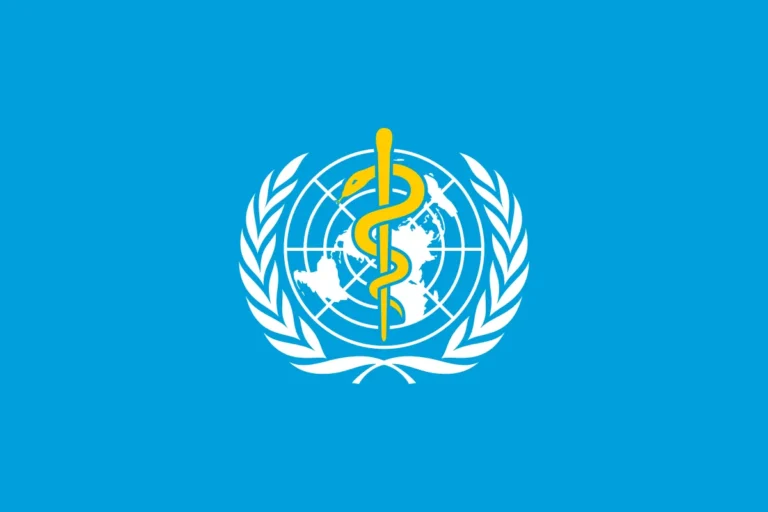
A recent comprehensive study, published in The Lancet Neurology, has revealed staggering figures regarding neurological conditions worldwide. In 2021, over 3 billion individuals were found to be living with such conditions, marking them as the foremost cause of global illness and disability. The analysis, which drew from the Global Burden of Disease, Injuries, and Risk Factor Study (GBD) 2021 data, received significant input from the World Health Organization (WHO).
Distressingly, the burden of neurological conditions disproportionately affects low- and middle-income countries, where over 80% of neurological deaths and health loss occur. Disparities in access to treatment are stark, with high-income countries boasting up to 70 times more neurological professionals per 100,000 people compared to their low- and middle-income counterparts.
Dr. Tedros Adhanom Ghebreyesus, WHO Director-General, emphasized the urgent need for targeted interventions to provide quality care, treatment, and rehabilitation for those affected by neurological conditions. Recognizing the profound impact on individuals, families, communities, and economies, he underscored the imperative of prioritizing brain health across all stages of life.
The study identified the top ten neurological conditions contributing to health loss in 2021, including stroke, neonatal encephalopathy, migraine, dementia, diabetic neuropathy, meningitis, epilepsy, neurological complications from preterm birth, autism spectrum disorder, and nervous system cancers. Notably, while neurological conditions overall cause more disability and health loss in men, certain conditions like migraine and dementia disproportionately affect women.
Over the past three decades, there has been a notable increase in the absolute number of individuals affected by neurological conditions, attributed mainly to demographic shifts and increased life expectancy. Diabetic neuropathy emerged as the fastest-growing neurological condition, mirroring the global rise in diabetes cases. Additionally, neurological complications arising from COVID-19, such as cognitive impairment and Guillain-Barré syndrome, have become significant contributors.
However, advancements in prevention, care, and research have led to a substantial decrease in the burden of several neurological conditions, including tetanus, rabies, meningitis, stroke, and encephalitis.
The study also examined 20 modifiable risk factors associated with preventable neurological conditions such as stroke, dementia, and idiopathic intellectual disability. Addressing key risk factors such as high blood pressure, air pollution, lead exposure, and smoking could potentially prevent a significant proportion of neurological disability-adjusted life years (DALYs).
Recognizing the urgent need for action, Member States adopted the Intersectoral Global Action Plan on Epilepsy and Other Neurological Disorders 2022–2031 (IGAP) at the 2022 World Health Assembly. This ambitious plan aims to rectify the longstanding neglect of neurological disorders by improving prevention, early identification, treatment, and rehabilitation, as well as promoting brain health and disease prevention, strengthening research and data, and prioritizing a public health approach to epilepsy and other neurological disorders.
Dévora Kestel, Director of the WHO Department of Mental Health and Substance Use, emphasized the importance of investing in research, healthcare workforce support, and services to achieve equity and access to quality care for those affected by neurological disorders. The IGAP lays out strategic objectives and targets to drive progress towards these goals, emphasizing the imperative of collaboration and concerted action on a global scale.




